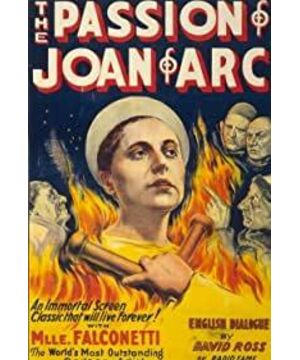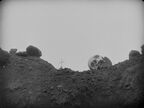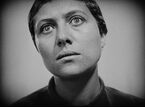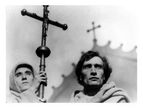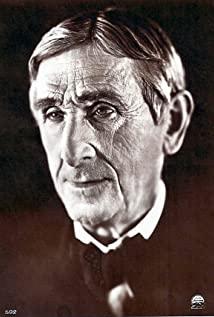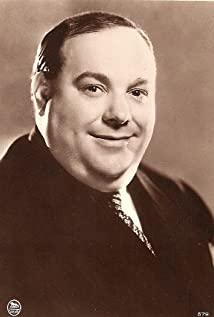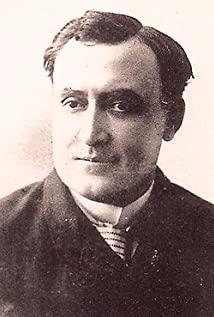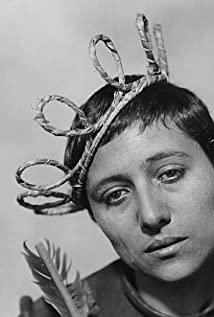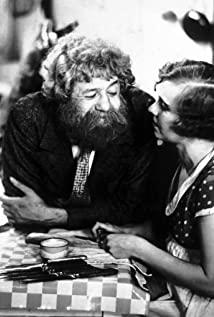It can only be said that it is not suitable for everyone's taste 3.5
The film begins with a long, panning shot that shows us the trial scene and establishes a spatial relationship. Next, for the most part, close-ups are used, close-ups of Joan's facial expressions, to make the audience feel pity for Joan of Arc, and the expressions of the judges one by one, disgusting, close-ups amplify the feelings of the characters , it is easier for the audience to have a deeper feeling for the emotions of the characters. And Joan of Arc is often a close-up of a person's face, not in the same frame as the judges, which highlights that Joan of Arc and the judges are not the same.
I think there is one thing that I can't accept. Due to the large number of editing shots, each shot seems to be a patch that needs to be spliced together. A large number of editing can easily lead to confusion in time and space, so that we don't know where the direction is. Fortunately, this is At the beginning of the film, the establishment of the shot explained the position of the characters clearly, and interspersed with long shots to adjust the direction for us.
The rhythm of the film, the shifting of gears at Joan of Arc's first burning at the stake, gives us a sense of the crisis and tension of the situation. As Joan of Arc is burned, the constantly changing close-up of the crowd's revolt, and the symbolism of the scene, appeal to the viewer's senses, like the famous image of the flight of stairs in "Battleship Potemkin."
I think there are many close-up shots in the film, the innovative methods are unprecedented, and the director has a lot of creativity. The close-up shots mainly show the inner emotions of the characters, just like the montage narrative theory of the Soviet Union Pudovkin.
View more about The Passion of Joan of Arc reviews


